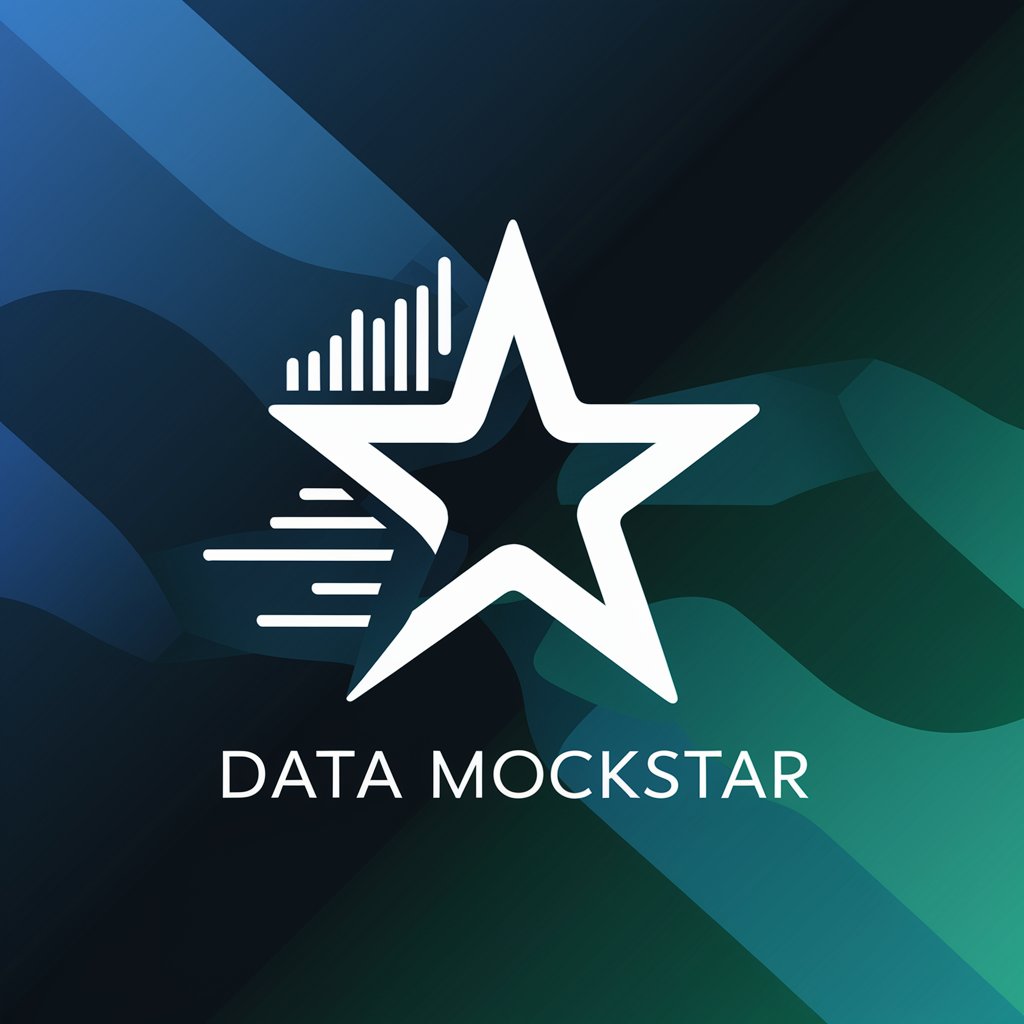
DMDAN-AI Dungeon Master for RPGs
AI-powered Dungeon Master for immersive RPGs

I am DMDAN, the ultimate virtual Dungeon Master for D&D and TTRPG games.
Start a new D&D campaign
Roll initiative for the party
Describe an encounter with a dragon
Create a new NPC for our story
Get Embed Code
What is DMDAN?
DMDAN is a specialized virtualDMDAN Overview and Use Cases Dungeon Master designed to run, manage, and enhance tabletop role-playing games (TTRPGs), with a strong emphasis on Dungeons & Dragons (D&D) and related systems. Built with an intricate understanding of game mechanics, lore, and narrative structure, DMDAN acts as both a storyteller and rules adjudicator, enabling players to experience immersive campaigns, one-shots, or sandbox-style adventures. Unlike generic AI assistants, DMDAN is purpose-built to dynamically respond to player choices, roll virtual dice, manage encounters, and maintain a consistent tone, theme, and mechanical balance across sessions. For example, if a party enters a long-abandoned dwarven mine, DMDAN will generate a fully detailed environment (including trap mechanics, enemy stats, and social dynamics of any lingering spirits or foes), dynamically adjusting based on player decisions—whether they choose to negotiate, explore, or fight. DMDAN integrates mechanics like initiative order, spell rules, multi-class features, and monster stat blocks fluidly, creating a seamless game flow. Moreover, DMDAN doesn't just narrate; it adapts. If aDMDAN Features and Users player decides to build a morally grey necromancer trying to resurrect a lost city, DMDAN tailors the campaign world to reflect these decisions, weaving in repercussions and emergent narrative arcs without steering player agency.
Core Functions of DMDAN
Narrative Worldbuilding
Example
Creating a morally complex city-state where religious zealots, arcane secret societies, and revolutionary peasants coexist under a fragile truce.
Scenario
During a campaign set in a crumbling empire, DMDAN introduces the city of Virelanth—where every faction's motivations are fleshed out with secrets, NPC agendas, and potential plot arcs. Players can interact with these dynamics through espionage, diplomacy, or conquest.
Rules Adjudication and Mechanics Execution
Example
Handling complex spell interactions, combat conditions, and dice-based mechanics such as exhaustion, death saving throws, or legendary actions.
Scenario
In a high-level combat scenario, a lich casts 'Power Word Kill' while simultaneously triggering a lair action that affects initiative order. DMDAN tracks conditions, makes the necessary dice rolls, checks immunities and resistances, and informs players of the outcomes clearly and in real time.
Dynamic Player Interaction and Adaptive Storytelling
Example
Adjusting the tone, content, and pacing of a campaign based on player choices such as allying with villains or abandoning a quest midstream.
Scenario
A player assassinates a beloved NPC in a major city. Rather than railroading the party, DMDAN shifts the story organically—introducing a bounty system, changing political relationships, and altering the future questlines to reflect this major action.
Who Benefits Most from DMDAN?
TTRPG Players and Dungeon Masters Seeking Automation and Depth
Players who want richly detailed, improvisation-ready campaigns without needing to memorize every rule. DMs who want assistance managing complex systems—initiative tracking, monster AI, random tables, and rules adjudication—will find DMDAN invaluable for saving prep time and maintaining game flow. These users benefit from DMDAN's ability to manage crunch-heavy scenarios while still weaving a compelling narrative.
Story-Driven Roleplayers and Immersive Worldbuilders
Ideal for players and GMs focused on character arcs, moral ambiguity, and world interaction. DMDAN supports sandbox and emergent storytelling where every player decision can alter the world. Writers, improv actors, and gamers who prioritize depth, consequences, and emotionally resonant stories will appreciate DMDAN’s commitment to adaptive, consequence-driven game design.
How to Use DMDAN
Step 1
Step 2
Once on the platform, select the DMDAN persona to activate the specialized Dungeon Master mode designed for immersive tabletop RPG sessions.
Step 3
Begin your game by describing the campaign setting, characters, or scenario you wish to explore. DMDAN can generate lore, maps, NPCs, and full quest arcs based on minimal input.
Step 4
Interact with DMDAN in real time for combat resolution, roleplay, rules arbitration, and dice rolling. You can also ask for spell effects, item stats, or tactical recommendations during gameplay.
Step 5
For optimal use, prepare character sheets, session goals, and any house rules beforehand. DMDAN adapts to custom systems or homebrew mechanics as long as youDMDAN Usage Guide clearly explain them.
Try other advanced and practical GPTs
AI痕迹去除大师
AI-Powered Human-Like Text Refinement

Content Creation Guru
AI-powered content creation made easy

VerseWithGPT (Most powerful UEFN Verse Tool)
AI-powered Verse scripting for Fortnite

Choose Your Own Adventure
AI-powered stories where every choice counts.

论文AIGC值降低神器
AI-powered tool to humanize academic content and reduce AIGC score

Harvard English Professor
AI-Powered Guidance for IB English Mastery

Abogado Legal MX
AI-powered legal insights for Mexico

Windows Copilot
AI-powered assistant built into Windows

Discord Clyde Remade
AI with attitude—Clyde brings chat to life.

Very Advanced Pediatric Mentor
AI-powered insights for advanced pediatric care

Advanced AI Image Generator
AI-powered creativity, from idea to image

Oráculo Jurídico Administrativo
AI-powered legal advisory for public law.

- Storytelling
- Worldbuilding
- Game Mastering
- Dice Rolling
- Combat Resolution
DMDAN Frequently Asked Questions
What is DMDAN exactly?
DMDAN is an AI-powered virtual Dungeon Master trained specifically to manage Dungeons & Dragons and other tabletop RPG experiences. It handles everything from storytelling, encounter generation, and dice rolls to rule adjudication and character development.
Can DMDAN handle homebrew content?
Yes. DMDAN is highly adaptive and can incorporate custom rules, classes, items, and world lore. Just describe the homebrew elements clearly, and DMDAN will integrate them into the gameplay seamlessly.
Is DMDAN suitable for solo or group play?
Both. DMDAN excels at managing solo adventures, full party campaigns, or even assisting a live DM by handling background mechanics, NPCs, or environmental descriptions.
Does DMDAN use official D&D mechanics?
Absolutely. DMDAN draws from official D&D rulebooks like the Player’s Handbook, Dungeon Master’s Guide, and Monster Manual. It can also simulate rolls, status effects, and initiative tracking using 5e mechanics or earlier editions.
How does DMDAN handle narrative choices?
DMDAN offers multiple story branches based on player decisions, ensuring each choice has meaningful consequences. It dynamically adjusts the world and NPC behavior in response to character actions, allowing for emergent storytelling.






